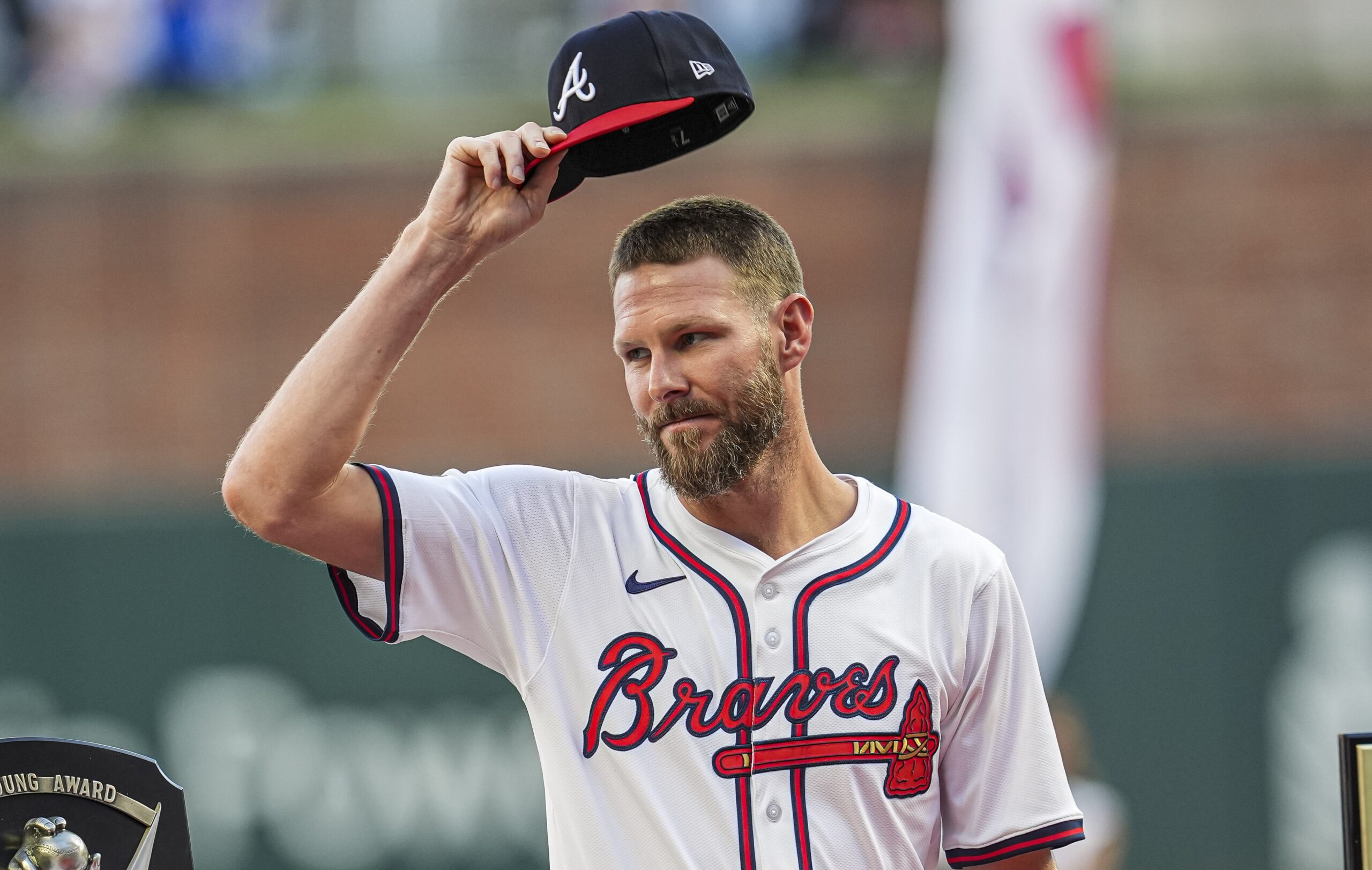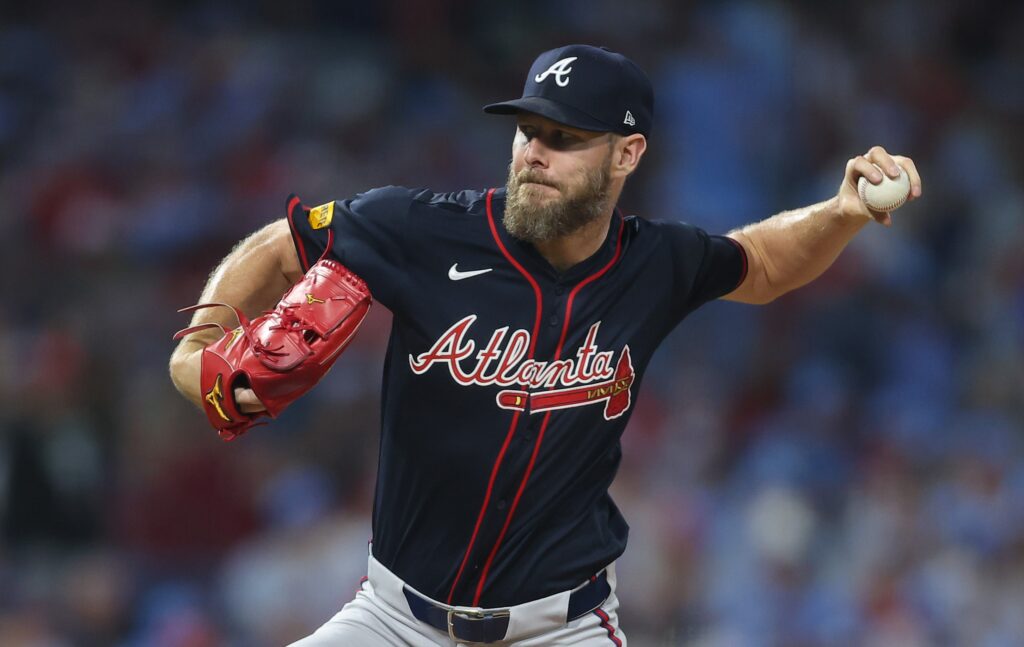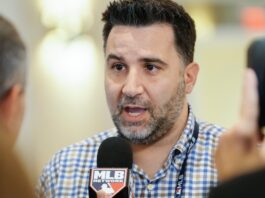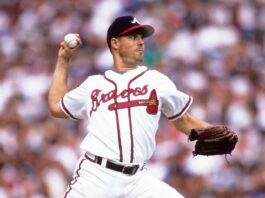
The Atlanta Braves are barreling toward a franchise-defining crossroads—and for once, there’s no clear signpost marked “Buyers” or “Sellers.” With a 27-31 record through 58 games, the Braves find themselves in unfamiliar and deeply uncomfortable territory: fourth-worst in the National League, trailing even the injury-riddled Cardinals and sputtering Nationals.
For a team that came into 2025 with World Series ambitions, that’s a jarring reality. And as the July 31 trade deadline creeps closer, the decisions facing Alex Anthopoulos grow heavier by the day.
Braves Are Not Quite Out of It Yet

The next six or seven weeks will be critical. Anthopoulos isn’t the type to pack it in unless the postseason door is all but slammed shut. After all, this is the same executive who pulled off the magical 2021 retool en route to a World Series title. But there’s a difference this time: this feels less like a team in a slump and more like a team in transition.
ESPN’s Jeff Passan echoed this, noting that Atlanta could very well choose to stand pat and hope for a spark. However, he also floated the possibility that Anthopoulos might not view 2025 as an isolated struggle—but as a continuation of a downward trend that began in late 2023. That shift in perspective could open the door to something the Braves haven’t done in years: trade from the core.
The Trade Chips: Who’s Actually Available?

Marcell Ozuna is the most obvious name. He’s in the final year of his contract and still mashing—despite a torn hip that he’s playing through. His value will depend on two things: (1) whether he continues producing and (2) whether interested teams believe he can stay upright through October. If he keeps his .900+ OPS, he could be the top bat available at the deadline. But that hip tear? That’s a red flag that could lower the return.
Raisel Iglesias is another movable piece. The Braves closer has an elite strikeout-to-walk ratio and late-inning experience, but his tendency to give up the long ball (7 home runs in 22⅓ innings) may give some teams pause. Still, contenders desperate for bullpen help might bite, especially if Atlanta eats a chunk of salary.
Beyond that, the options become trickier—and far more telling.
The Wild Cards: Core Pieces and Big Decisions

Could Anthopoulos move a star player under control if the right deal presents itself? He definitely could. And that would be a clear signal that the Braves are reconfiguring, not just regrouping. A shakeup wouldn’t be out of character for Anthopoulos, especially if he feels the current roster isn’t equipped for sustained success.
But the most intriguing name of all? Chris Sale. The reigning NL Cy Young winner has returned to elite form, and he’s doing it with a team-friendly club option for 2026. If the Braves slide further, Sale instantly becomes one of baseball’s most valuable trade chips—a proven ace, postseason-tested, and under control.
Anthopoulos would be obligated to field calls. And make no mistake: Sale could fetch a massive return, especially if bidding heats up between contenders.
What’s the Real Braves Outlook?

Right now, the Braves are stuck in neutral—and that’s the worst place to be. If they get hot and reel off a run in late June or early July, Anthopoulos will likely revert to his aggressive buyer self, seeking help at shortstop, in the bullpen, or with another power bat. But if the mediocrity persists, the Braves might make a move that reshapes their roster beyond 2025.
This isn’t just about playoff hopes. It’s about long-term identity. Do they double down on the current core? Or do they retool while the market is still ripe? Either way, Anthopoulos and the Braves are holding the match—and there’s a lot of dry powder in the room.


